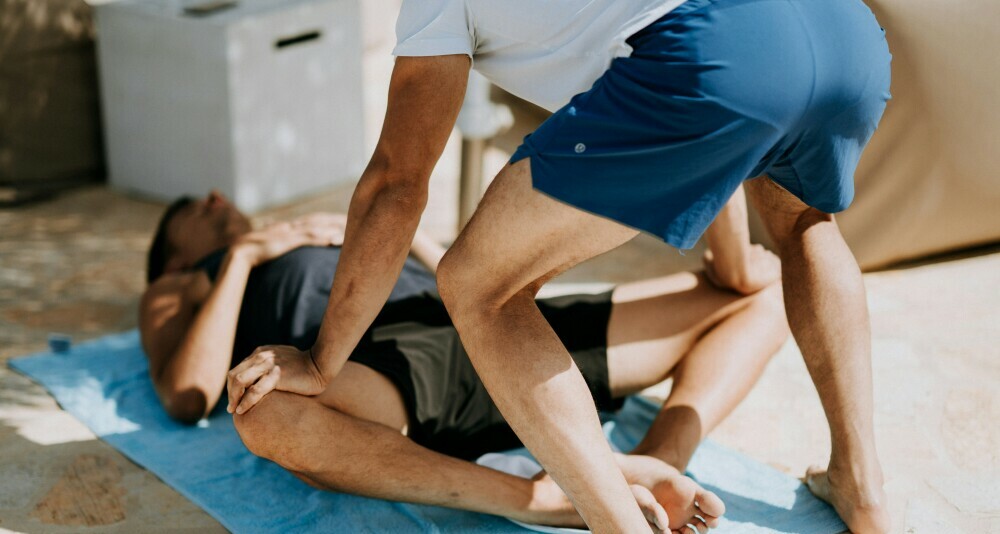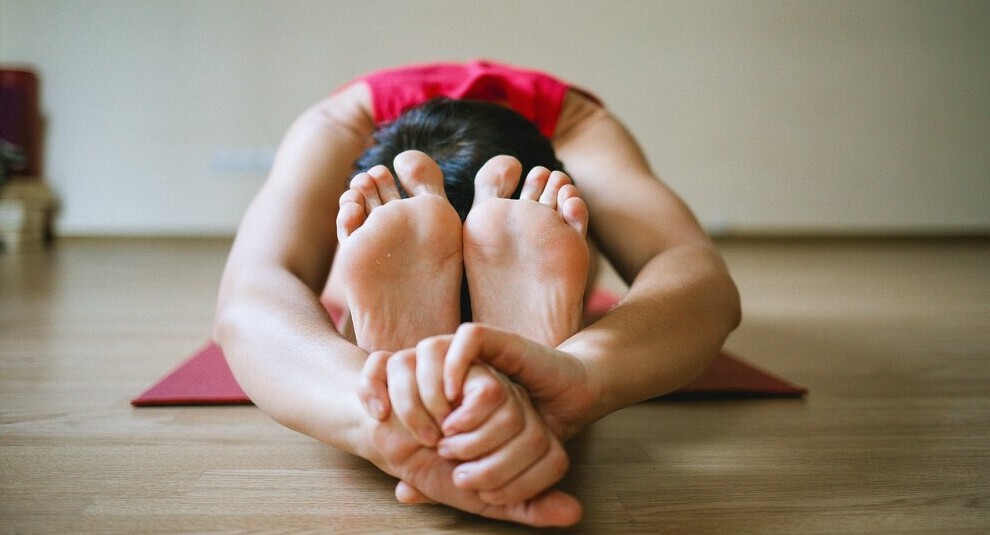
I’m going to kick things off by distinguishing between flexibility and mobility. Although these terms are often used interchangeably, they’re not identical. Flexibility refers to the ability of your muscles to stretch. Mobility, on the other hand, is about how freely your joints can move. Together, they’re the dynamic duo your body relies on to perform fluidly in sports, dance, or just life’s daily activities.
The health benefits of limber muscles and supple joints are extensive. A good range of motion helps maintain balance, minimizes the risk of injuries, and even enhances muscle coordination. You’re going to find out about how stretches not just cater to muscles, but also fortify your joints, enabling them to handle a wider range of movements.
Now, this isn’t just about touching your toes or doing a perfect lunge; it’s also about longevity. Consistent stretching helps muscles recover and grow stronger. It means that you’re looking at the bigger picture – a body ready to handle whatever you throw at it, whether that’s lifting groceries, running a marathon, or keeping up with your kids.
I’m here to help you understand that incorporating stretching into your daily life is a game-changer. In my opinion, the true importance of flexibility and mobility is underrecognized. Today, you’re going to take the first step towards preventing common injuries by learning the ins and outs of stretches that cater to both flexibility and mobility.
Essential Stretches for Improved Flexibility
I’m going to guide you through some fundamental stretches that work wonders for your body’s flexibility. It’s important to understand the two main types: dynamic and static stretching. Dynamic stretches are active movements where joints and muscles go through a full range of motion. They’re typically used to warm up before a workout. On the other hand, static stretches involve extending a muscle to full length and holding the position, ideal for cooling down after exercise.
Let’s focus on the lower body first. When it comes to improving flexibility, you can’t overlook the hamstrings, quads and hips. For your hamstrings, the classic seated forward bend is a reliable choice – reach for your toes while keeping your legs straight. If you’re working on your quads, the standing quad stretch is straightforward and effective; pull your foot towards your butt and feel the stretch in the front of your thigh. And for your hips, try the pigeon pose from yoga; it’s a great way to open up the hip flexors and increase your range of motion.
Now, what about the upper body? Your shoulders, neck, and back also deserve attention. A simple stretch to ease your shoulders and neck is the ear-to-shoulder stretch – it can relieve tension and improve flexibility with just a few repetitions. For your back, the child’s pose is more than a rest position in yoga; it also gently stretches the muscles of the lower back.
To get the most out of your stretching, you should aim for a routine that incorporates a variety of these exercises. Hold each static stretch for around 15-30 seconds and aim for 2-3 repetitions. Consistency is key, so try to integrate these stretches into your daily routine. You can always adjust your approach down the road, but start by choosing something that resonates with you and fits your current level of fitness. Remember, your first attempt doesn’t need to be your last – it’s all about progress, not perfection.
Targeted Stretches for Enhanced Joint Mobility

No matter your age or fitness level, joint health is essential for a vital and active life. Mobility-focused stretching can specifically help lubricate joints, increase blood flow, and enhance the range of motion. Now, you’re going to find out about some of the best stretches you can incorporate into your life to keep those joints moving smoothly.
Starting with the spine, which bears the brunt of daily activities, the cat-cow stretch is terrific for spinal flexibility. Also, consider incorporating seated spinal twists into your routine. For wrists that might become stiff from typing or other repetitive movements, try wrist flexor and extensor stretches. To keep your ankles agile, especially important for balance, do ankle circles and Achilles tendon stretches.
Moving to the hips, which are central to so many movements, perform lunges and the pigeon pose to maintain hip mobility. For shoulders, the cross-body shoulder stretch and the pendulum exercise can maintain a healthy range of motion.
It’s not just about performing these stretches; it’s also about integrating them into your everyday life. I’m here to help you with strategies to make these stretches part of your daily routine. And don’t worry too much about squeezing them all into a single session. You can always adjust your approach down the road, choosing stretches that resonate with you.
Beside the Basics: Elevating Your Stretching Game
You’ve learned about the fundamental stretches for boosting flexibility and mobility, but what comes next? That’s going to include stepping up your game with some more advanced techniques. Choose something that resonates with you, aligns with your goals, and fits into your lifestyle.
For those who regularly hit the gym or love their morning jogs, progressive stretching can make a notable difference. I’m talking about techniques like PNF stretching, where you actively contract and relax muscles, or ballistic stretching that incorporates gentle bouncing movements to push the muscles a bit further.
Incorporating elements of yoga and Pilates can also be a game-changer. This isn’t just about stretching; it’s a way to build strength, balance and flexibility all at once. Their approaches often include a focus on core strength and overall body alignment, which can significantly improve your stretching outcomes.
While you’re pushing your limits, don’t forget the importance of rest and recovery. A hard workout should always be followed by a thorough stretch session to help the muscles recover and grow. And remember, your first attempt at advanced stretches doesn’t have to be perfect. It’s a journey.
Lastly, let’s debunk a common stretching myth: that you can stretch too often or too much. While over-stretching a muscle can potentially lead to injuries, using proper techniques and listening to your body’s signals will keep you safe. Just don’t focus too much on perfection; consistency is key.
I really hope that you take this advice on board and make stretching a regular part of your fitness regimen. It’s not just an add-on; it’s an essential component of a healthy, active lifestyle. You can always adjust your approach down the road, but the long-term benefits of regular, balanced stretching are indisputable. Happy stretching!

You’ve written terrific content on this topic, which goes to show how knowledgable you are on this subject. I happen to cover about Search Engine Optimization on my personal blog Webemail24 and would appreciate some feedback. Thank you and keep posting good stuff!
Thank you for your kind words! I’m glad you enjoyed the content. I’d be happy to check out your blog on Search Engine Optimization. Could you provide a link or some specific articles you’d like feedback on? Keep up the great work on your blog as well!